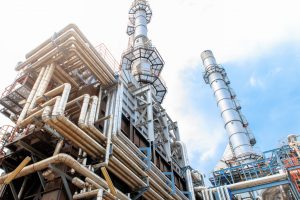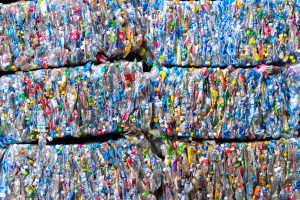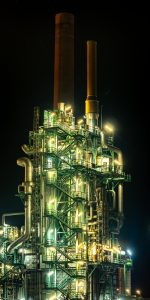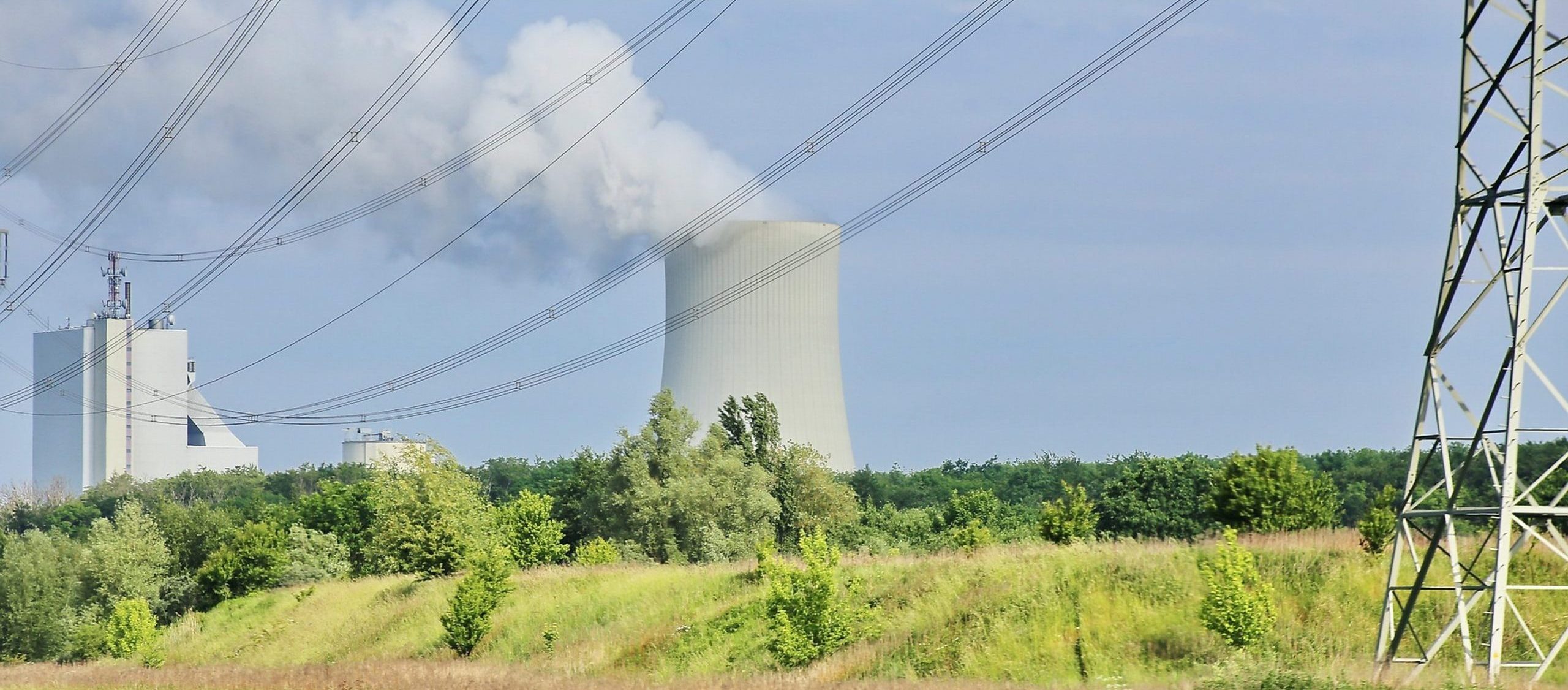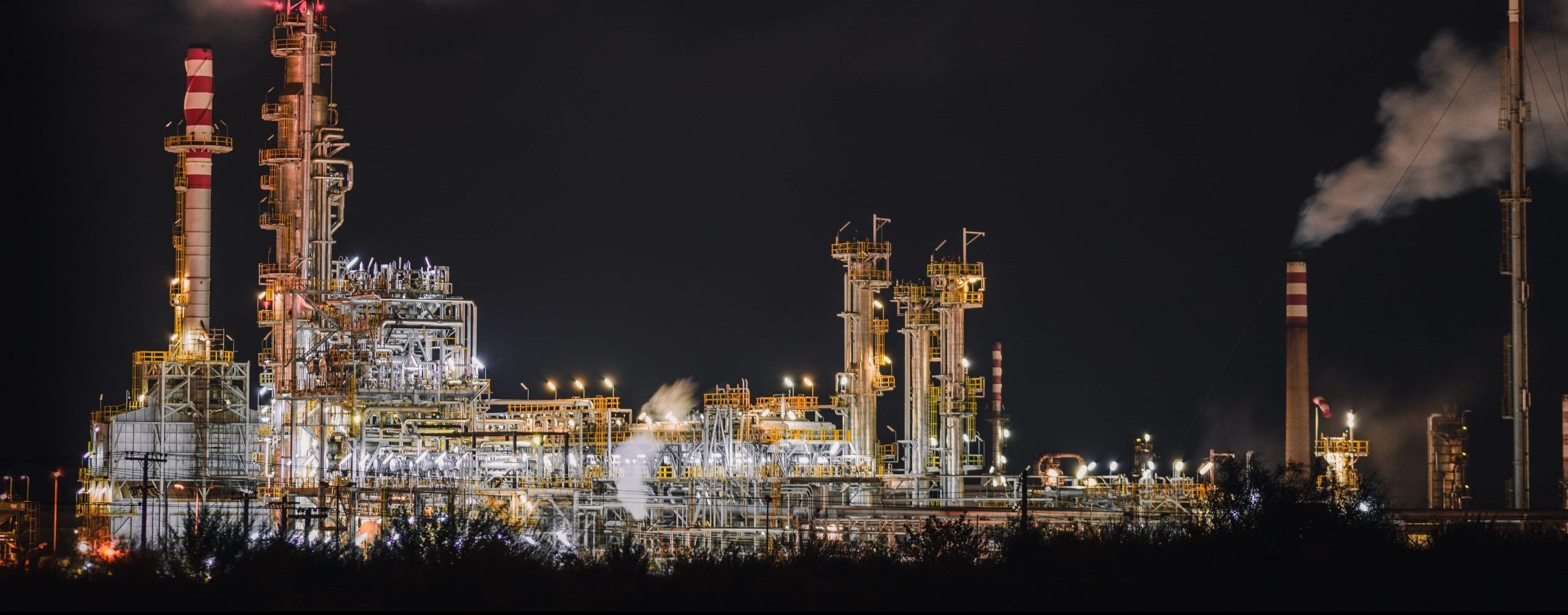Model-based Analysis of Ammonia Production Processes for Quantifying Energy Use, Emissions, and Reduction Potentials
Ammonia is one of the highest volume chemical products, with global production hitting around 185 million metric tons in 2020. Most ammonia demand comes from the agricultural sector; more than 80% of the ammonia produced worldwide is used for manufacturing fertilisers.
However, ammonia production processes across the globe are currently highly unsustainable. The industry is responsible for ∼20% of total energy consumption and ∼35% of CO2 emissions for the whole chemical sector.
Much hope is placed in innovative zero-carbon technologies such as carbon capture and storage (CCS). Whilst these technologies are important for achieving deep emission reductions, they are not ready to be deployed at scale, and current production facilities still have years left in their lifespan before they are due to be decommissioned. Therefore, it is essential that we manage and retrofit our existing production assets in the short term.
Quantifying the potentials for reducing energy use and emission from the dominant ammonia production pathways
This study uses a systematic first-principles model to quantify how ammonia production plants are currently performing in terms of emissions and energy use. We then implement the model to evaluate the potential of different strategies to improve the efficiency of processes and reduce their energy- and emissions-intensities.
The model is applied to the key ammonia production pathways: natural gas steam reforming and coal gasification. We quantify the energy use and emissions associated with these production routes, and disaggregate these figures according to the underlying unit processes. We identify which smaller unit processes have the highest potential for energy-saving, and recommend how these potentials can be practically realised through targeted interventions.
Results: The potential of short-term interventions to retrofit existing plants
We find that applying a range of efficiency upgrades (e.g. heat recovery efficiency and steam turbine efficiency) to natural gas steam reforming could reduce the net energy reduction from 14.2 to 8.7 MJ/kh-NH3. They could also result in a 10% reduction in total process emissions. For the coal gasification route, the combined efficiency improvements could reduce total process energy by 11%, and again, CO2 emissions could be reduced by around 10%.
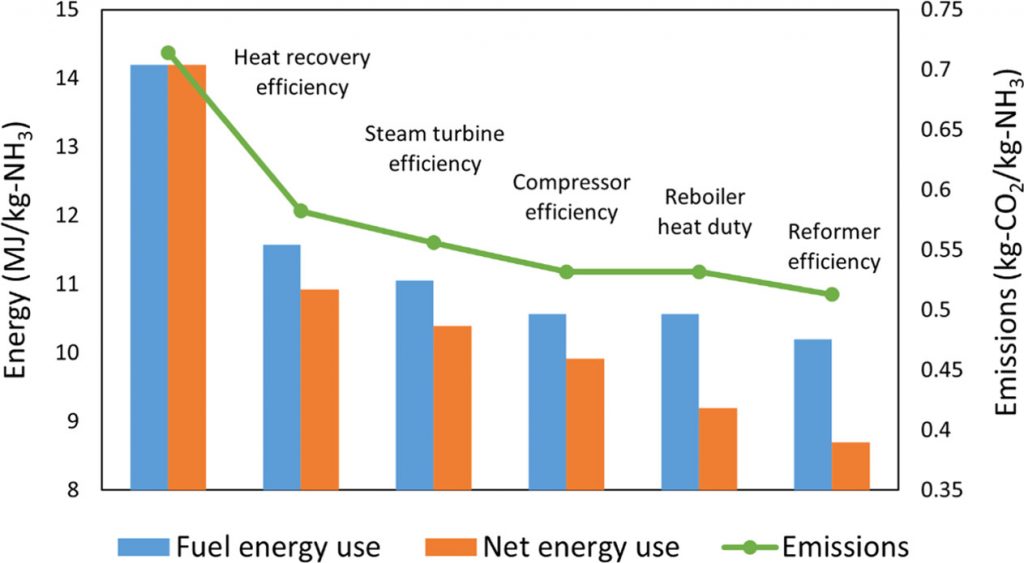
These retrofitting measures are a short-term measure. By reducing the amount of emissions produced, they also free up CCS capacity by limiting the volume of carbon that will need to be captured and stored if and when CCS can be deployed at greater scales in future.
The model and analysis serve to inform policymakers and energy analysts about the practical options available in the short term for minimising the carbon footprint of existing plants. These immediate interventions are a key part of the long-term transition to a more sustainable ammonia production industry.
Read the full paper from Banafsheh, Enze, Phillip, and Eric: Model-based Analysis of Ammonia Production Processes for Quantifying Energy Use, Emissions, and Reduction Potentials.
Photo credit: PilMo Kang
